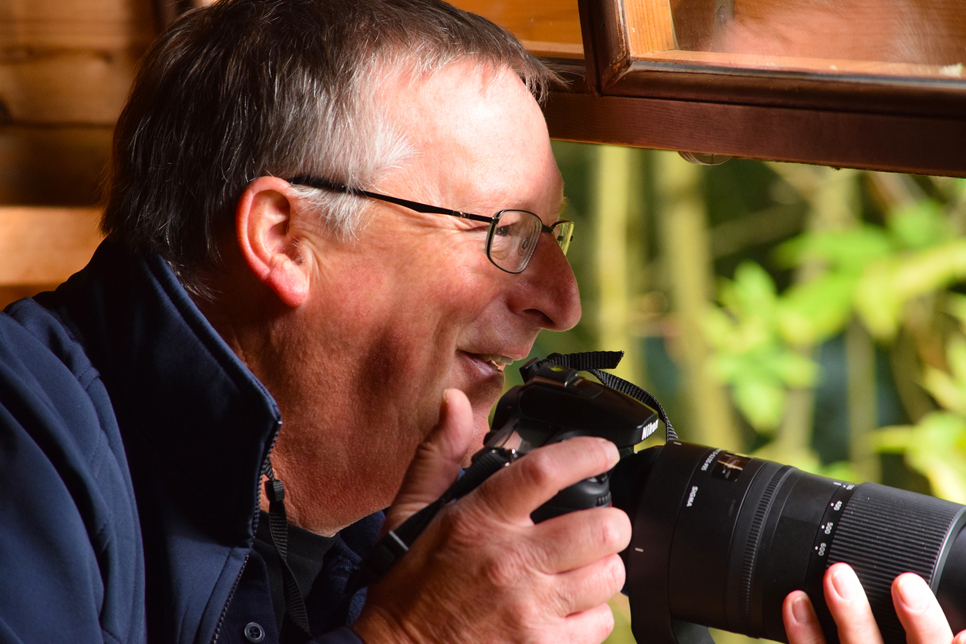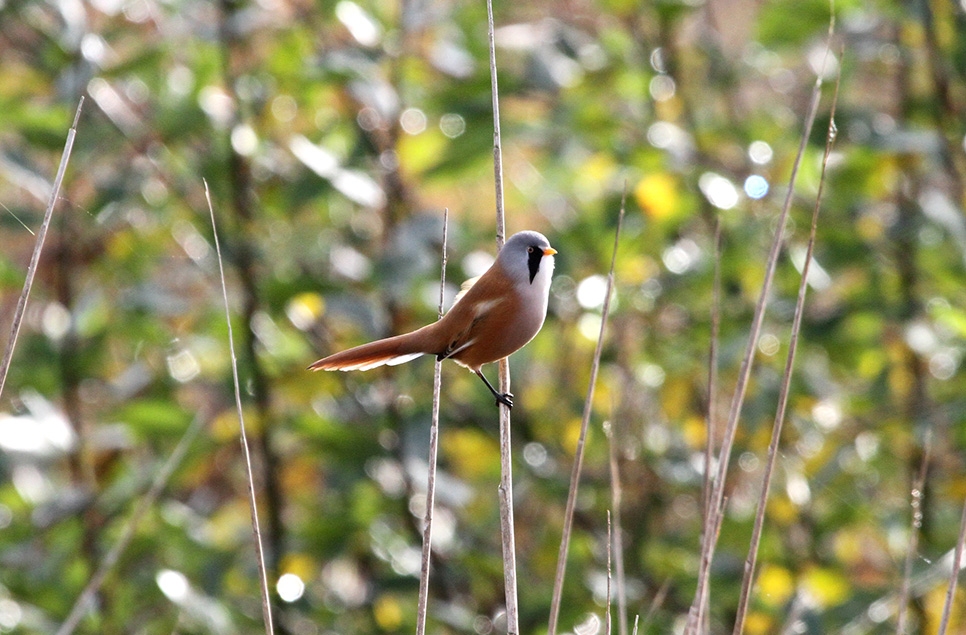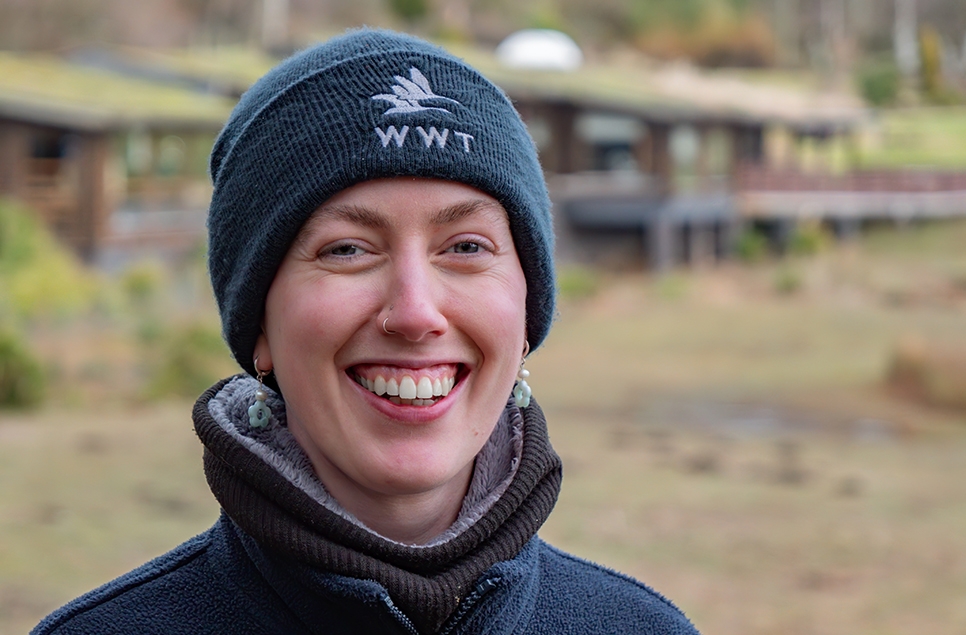Sand martin return to WWT Washington after a bumper first breeding season
The first sand martins of the season have arrived back at WWT Washington Wetland Centre and are raring to go for a second breeding season.
The first sand martins of the season have arrived back at WWT Washington Wetland Centre and are raring to go for a second breeding season.
Sand martins (Riparia riparia)–the smallest of the European hirundine family, which includes swallows and house martins–typically arrive from North Africa and South Europe in late March to early April.
The birds arriving to Washington Wetland Centre are attracted by the vast water body of the River Wear and travel to the reserve’s adjacent Wader Lake to hunt and feed.
Following the introduction of a sand martin bank in October 2023 as part of an ongoing reserve management plan, the sand martin had a very successful first breeding season at WWT Washington last summer; the first time they’ve bred there in the site’s 49-year history.
As part of the bank’s introduction, WWT Washington invited their visitors to join in with their research by carrying out mini surveys while visiting the Vic Robins hide, which is situated directly opposite the sand martin bank.
WWT Washington reserve warden Kate Ferguson said:
“We weren’t sure how the birds would take to the new bank, but our nerves didn’t last long, and we were soon excited to see nesting activity around the chambers followed by lots of coming and going before finally being rewarded with the sight of tiny heads of young birds popping out; it really was a treat!
“We had a fantastic response to the visitor survey, and we were able to find out some interesting things along the way.”
Many visitors jumped at the chance to get involved and the team collated the responses. They were delighted to have received 217 citizen science surveys completed by visitors between April and August. 1225 observations were made on these mini surveys, which encouraged visitors to the wetland centre to note sightings, what the birds were up to such as flying, hunting etc, and any nesting chambers visited to be plotted on a visual grid.
WWT volunteer Adam has done a fantastic job with the data and created this quirky heat map video of the chambers in use from visitor sightings - you can definitely see the most popular area!
The observations showed birds exploring many of the different chambers, as well as a peak of 35 individual sand martins being spotted at any one time. 26 of the chambers were more regularly visited than others, with visitors spotting the coming and going of sand martin from these chambers over 15 times. One chamber proved most popular with almost 40 sightings reported to and from it.
Kate continued:
“The top two rows of chambers were most popular, who doesn’t love a penthouse, right! The reality is possibly more to do with greater protection from ground-dwelling predators as they are almost 3 metres above the ground.
“Although this is just our theory, one interesting behaviour spotted during the citizen science survey was several sightings of the colony chasing off predator species. Twice the colony was observed mobbing corvid species such as crows and magpies–who were seen taking an interest in the nest chambers–as well as a chasing off various gull species, so they’re not afraid to collectively defend their nests.
“We try and spend as much time as possible observing on Wader Lake, but with a huge reserve to help look after it can prove difficult to find the time. Our visitors helped bridge that gap and we’re grateful to everyone who completed a survey form and took part in our research. It really was crucial! We’ll be looking to carry on with our citizen science research again this year, so watch this space!”
Sand martin typically lay 4 to 5 eggs per clutch and have potential to raise 2 broods per season. Knowing this, the WWT Washington team were hopeful to see some youngsters for the first time, and they weren’t disappointed.
The first sand martin chick was spotted on 12 June 2024, followed by many others over the course of July and August, with up to 5 young being spotted from one chamber opening at any one time - quite the squeeze!
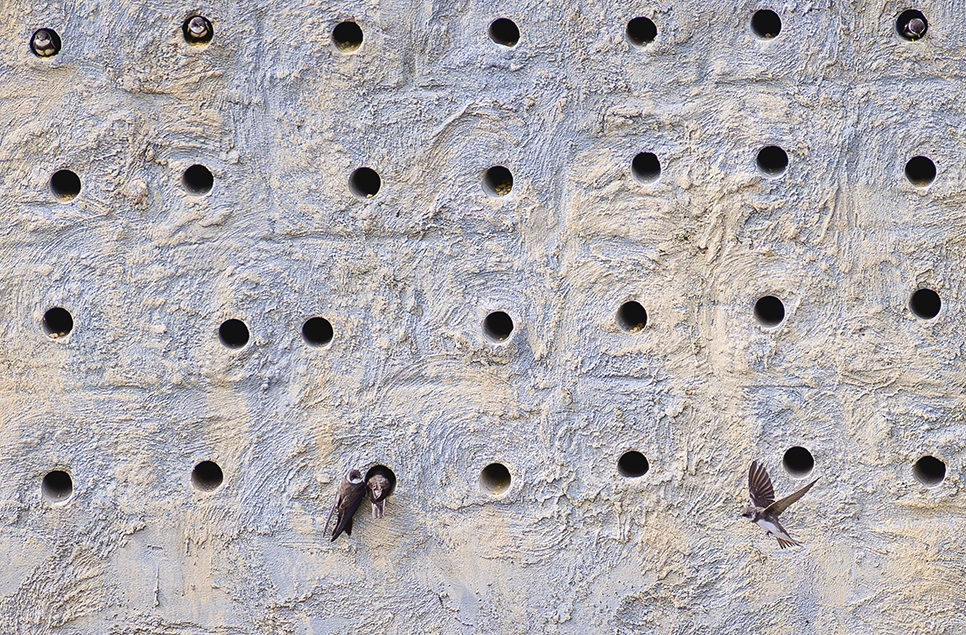
There were also birds seen in late July, likely going for round two with a second brood, with the final youngster to fledge noted on 29 August 2024.
The nature of sand martins is their agility and speed, which did make it difficult for the WWT Washington team to get an accurate number of successfully fledged young. However, it’s thought that at least 60 to 100 young birds managed to leave the nests–an incredible achievement for the first year of this conservation project.
This spring, the team hope the sand martin numbers can match or even beat the success of last year. In preparation, the nesting chambers have been cleared out of any mess and debris, making the area as inviting as possible for the birds.
WWT Washington’s reserve manager John Gowland said:
“Sand martins are one of the first spring migrants to arrive on our reserve each breeding season and are a favourite with our visitors and members.
“They’re used to rebuilding collapsed nests or excavating new nesting chambers in natural materials such as sandy banks along coastlines, cliffs or riverbanks. Now that the artificial sand martin bank is more established and many birds had a successful season last year, there’s a high chance they’ll return this year with a new generation in tow.
“By giving these nesting chambers a clear out, we’re giving the sand martins a head start. They’ll take over and make the area their own ready for finding a mate and finishing their nests.
"We’re hopeful this year will see another fantastic season for this agile bird species, one that visitors will get to enjoy once again.”
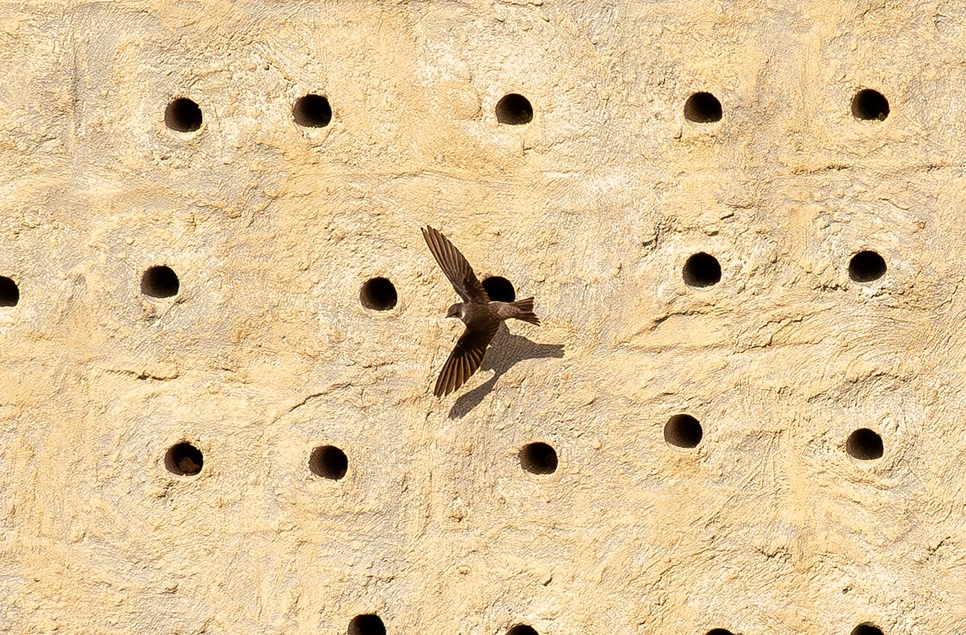
Visitors to WWT Washington can enjoy seeing the sand martin on Wader Lake, alongside other breeding species including lapwing, grey heron, redshank and regionally rare avocet. Views along the lake can be had from four wildlife viewing hides, all offering a different perspective of the water, islands and meadows.
Ready to visit?
If you've been inspired to explore Washington Wetland Centre to try and spot the sand martin, find out more and plan your visit online.
Plan your visit